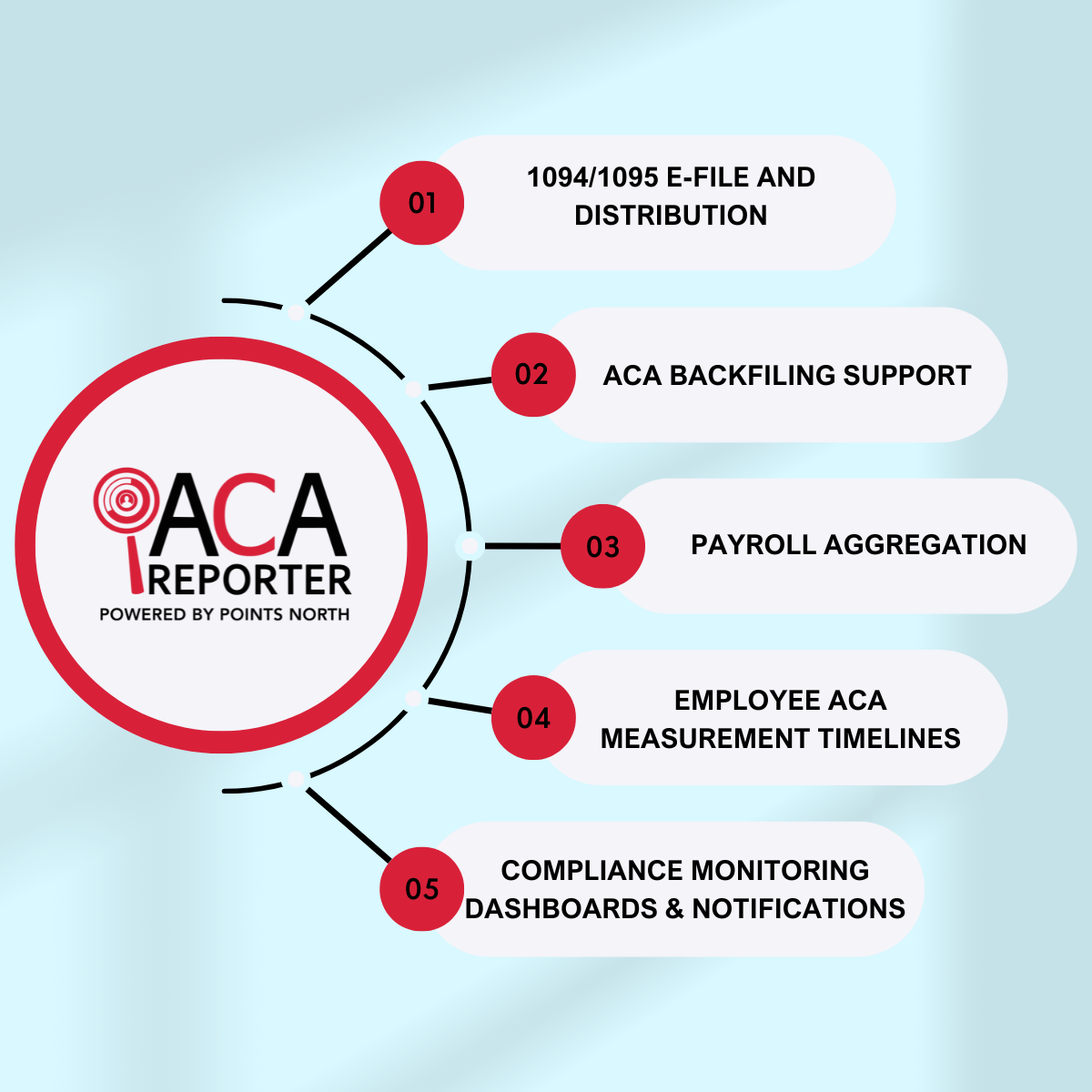The 2022 federal open enrollment period began in early November and will continue until January 15th, 2022. Consumers will be able to pick from a number of plans, as well as lower prices.
According to a news release from the Centers for Medicare and Medicaid Services (CMS), there will be 213 participating insurers selling plans for the 2022 year. That's 32 more than last year. “Four out of five people will be able to get health insurance for $10 or less a month with the extra savings made available through the ARP,” according to the American Rescue Plan (ARP).
According to CMS, premiums will drop by 3% for the 2022 plan year in the 33 states that run off the federal healthcare.gov platform. The Kaiser Family Foundation (KFF) notes that in 2022, Americans who obtain coverage through the federal marketplace will have a choice of approximately 83 qualified health plans, compared to an average of 46 plans in 2021.
The Biden administration has committed $80 million in additional funding to ACA navigators to assist customers in choosing their healthcare for the 2022 plan year. Navigators assist consumers in evaluating their healthcare alternatives, apply for Medicare and Medicaid, and qualify for ACA financial help, including Premium Tax Credits (PTC) and cost-sharing reductions.
The administration has also launched one of the most extensive open-enrollment outreach initiatives ever as a means to assist customers with healthcare.
The various changes implemented via the ARP regarding affordability and PTC eligibility are still in place for the 2022 plan year. Americans who make less than 150% of the Federal Poverty Level (FPL) can get silver-level health insurance for $0 per month under the ARP.
Individuals who make more than 400% of the FPL may gain coverage through state and federal health exchanges for no more than 8.5 percent of their household income. It's too soon to tell whether these changes will be maintained after 2022, but the administration is making progress to make it permanent.
Open enrollment began in November following the record-breaking federal special enrollment period. It's expected to produce some of the highest enrollments under the ACA.
Employers who do not offer adequate coverage to their full-time employees may run into issues with increased access to high-quality insurance through state and federal health exchanges. Employer Mandate non-compliance is motivated by PTCs, which might be tough for employers that don't provide sufficient coverage to their full-time workers.
An ALE is a large employer under the ACA's Employer Mandate, which requires employers with 50 or more full-time employees and full-time equivalent employees to:
- Offer their full-time workers (and their dependents) at least 95% of total essential coverage based on the number of employees.
- Make certain that the coverage for the full-time employee is reasonable based on one of the IRS-approved methods for determining affordability.
Failure to comply with these criteria could result in IRS penalty assessments under IRC Section 4980H.
With so many PTCs now available and the IRS stepping up enforcement, employers should conduct an audit of their ACA compliance procedures right now to avoid IRS inquiries.






.png)